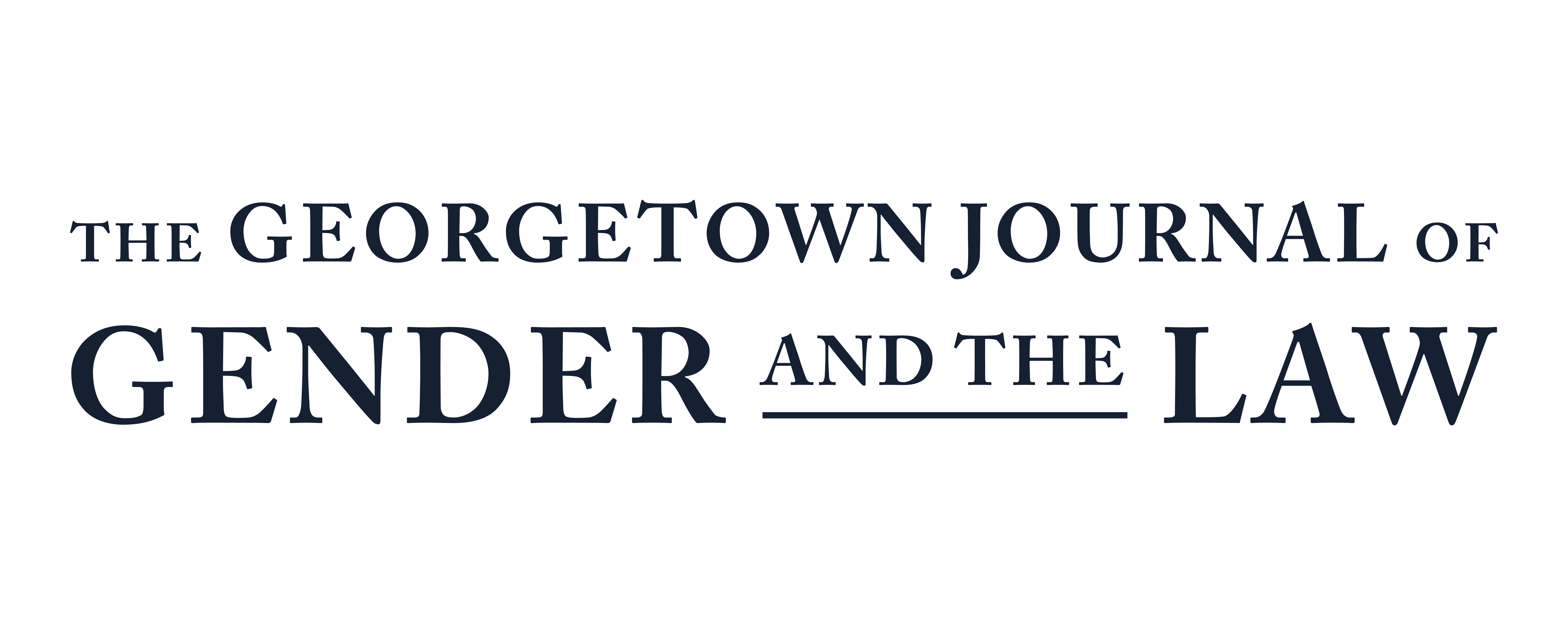International Regulation
Lesbian, gay, bisexual, transgender, and intersex (LGBTI) persons continue to experience human rights violations directly linked to lack of acceptance by society and States of their sexual orientation, gender expression, and/or gender identity. The purpose of this Article is to provide (1) a survey of international and foreign domestic laws that positively or negatively impact the LGBTI community, and (2) an analysis of the conflicts or tensions between international legal obligations and foreign domestic laws in different countries and regions. The Article focuses on practical considerations for the wide range of legal issues relating to the international regulation of sexual orientation and gender identity. Although these issues touch on numerous areas of legal doctrine—including criminal law, family law, equal protection, privacy, and freedom of expression—this Article’s scope provides only an introduction to the current legal climate affecting various aspects of the global LGBTI community members’ lives.
Part II of this Article provides an overview of current international human rights law as it pertains to recognition of LGBTI rights. It focuses on global perspectives towards persons identifying as LGBTI by examining countries’ obligations in the context of a variety of issues, such as employment discrimination, access to public amenities, and protection from homophobic and transphobic crimes. In analyzing recent decisions emerging from regional and international human rights bodies, this section serves as a starting point for understanding the regulatory framework addressing sexual orientation and gender identity. Part III analyzes the foreign domestic laws affecting LGBTI persons living in Africa, the Americas, Europe, and the Middle East. The analysis is divided into three Sections, with each region addressed separately. Section A discusses current legal obstacles facing the international LGBTI community. Section B describes the legal developments toward LGBTI equality, in both international human rights law and foreign domestic law, and addresses pending legislation where relevant. Finally, Section C discusses countries that have domestic laws that conflict with the international human rights conventions or charters to which they are legally bound.
This Article has several important limitations. First, some data may be missing due to language barriers, including reports, policies, or news articles published in local languages. Second, there may be data or program evaluations that were not available in the public domain that are critical to understanding the situation and response. Third, intersections of ethnicity, class, age, and other areas of marginalization may further compound the severity of the challenges discussed. Finally, this Article does not attempt to provide international or region-specifc recommendations, policies, or opinions for the best way to further LGBTI rights. The fndings of this global review aim to contribute to a better understanding of the legal obstacles and developments currently facing the global LGBTI community. Such a broad overview is insuffcient to dissect the complexity and dynamism of each issue raised; instead, the summaries are intended as a helpful aid to all those working to advance the fundamental rights of LGBTI individuals.
International Regulation
